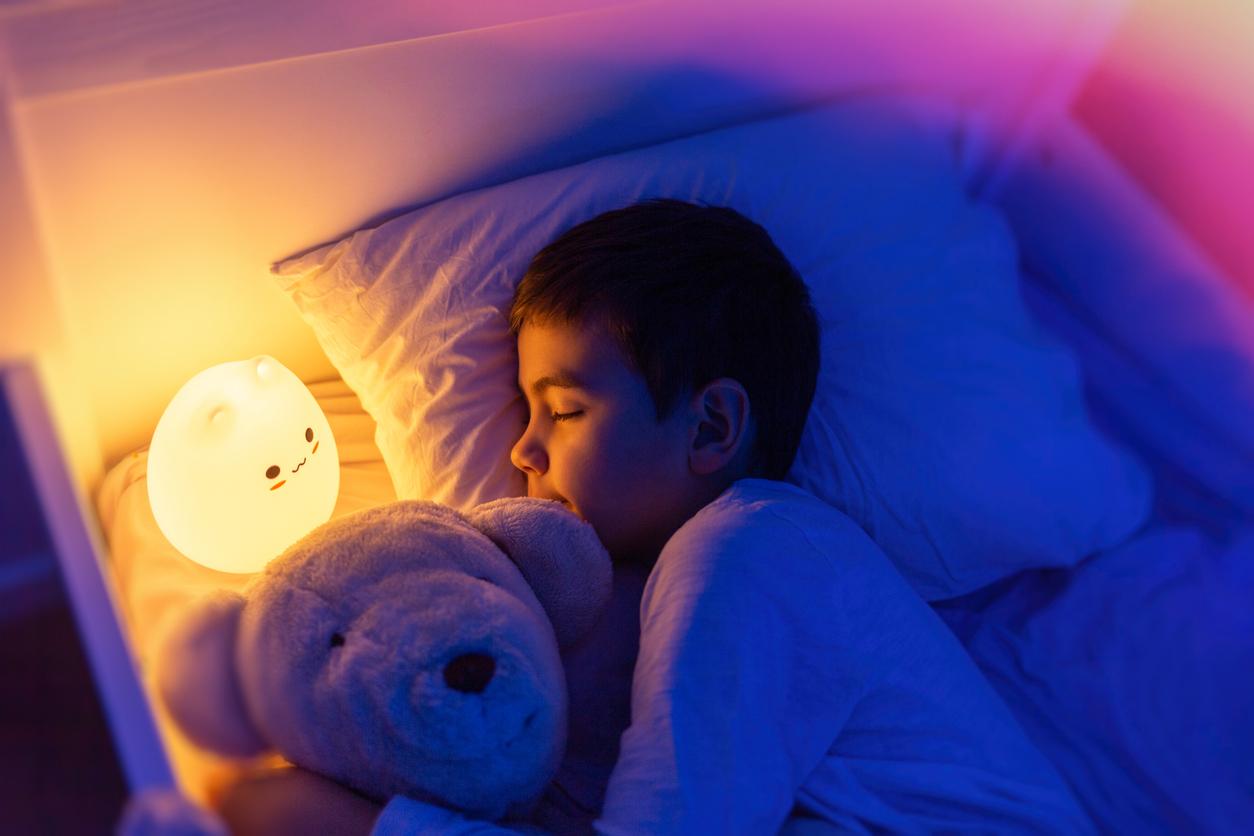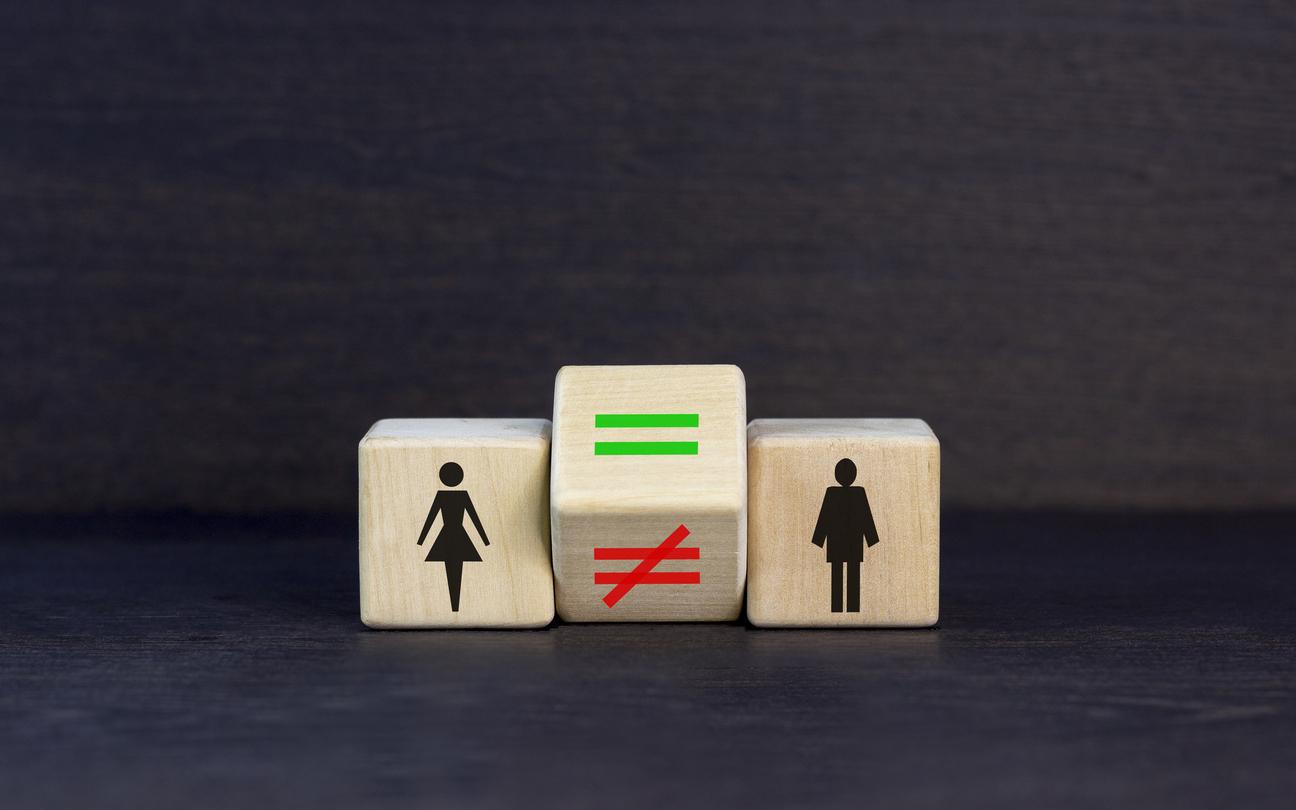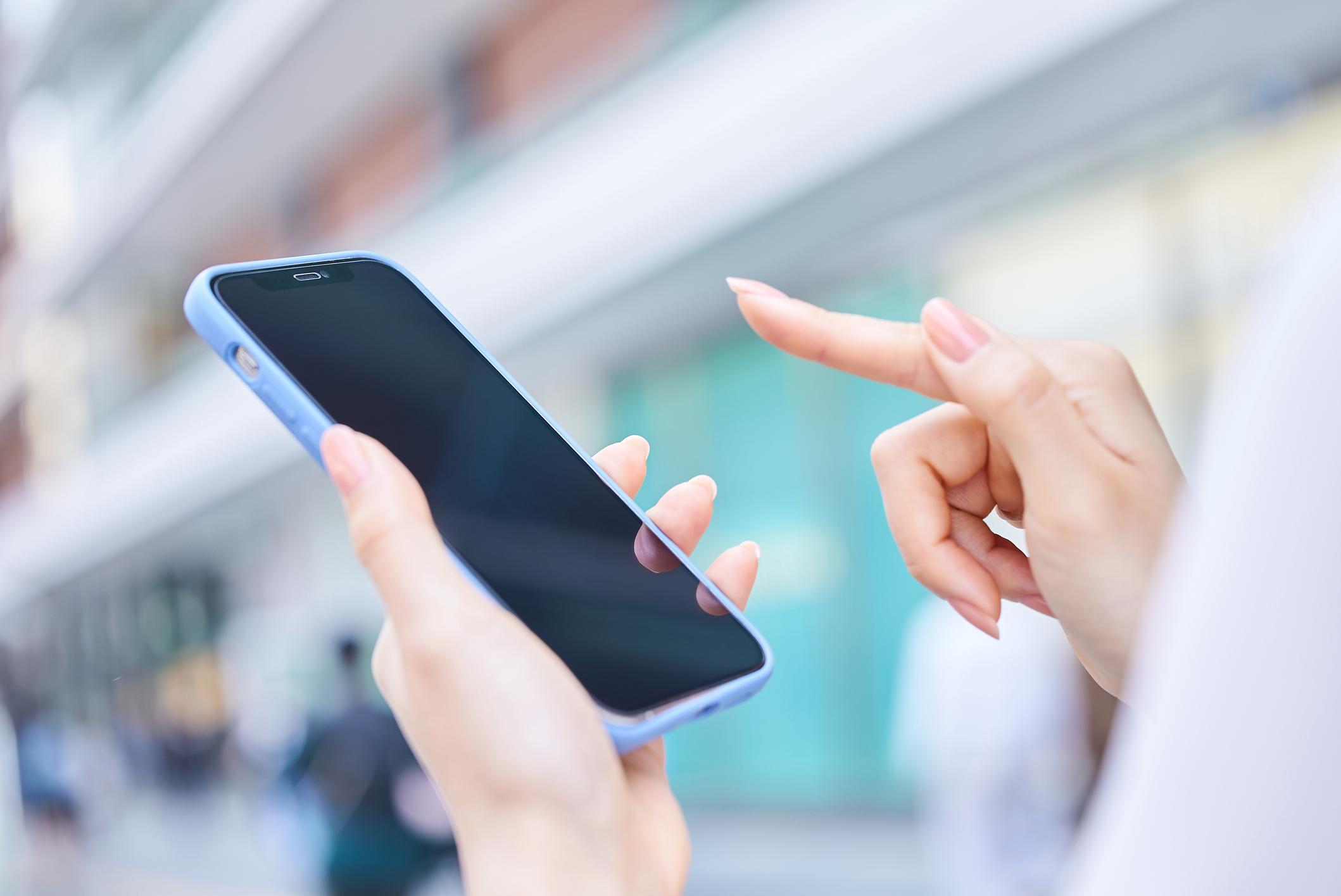Cell phones, Wi-Fi routers and relay antennas are all objects that pollute the lives of electro-hypersensitive people. The health security agency is interested in their case.

Wi-Fi, portable waves, 3G… electromagnetic waves are more and more present in our daily lives. So many waves that are the misfortune of electro-hypersensitive, those people that the waves make sick (migraines, skin diseases …). In its report of this Tuesday, October 15, theNational Health Security Agency (Anses) pays particular attention to this little-known disease. She announced that she wanted to obtain more precise data on electro-sensitivity.
Information that is lacking
Electro-hypersensitive are rare. It is estimated that this disease affects a few million people in Europe (France, Great Britain) to a few thousand (Ireland, Sweden). This scarcity leads to a lack of information.
ANSES recognizes that electro-hypersensitivity causes real suffering. Its symptoms are recognized by the World Health Organization. But what causes the pain is still uncertain: real sensitivity to electromagnetic waves or “nocebo effect”? This is what the Health Security Agency wants to know with new studies, according to its scientific deputy general president, Gérard Lasfargues.
Listen to Dr Gérard Lasfargues, Deputy Scientific Chairman of ANSES: ” Studies that have been initiated will try to find out whether hypersensitivity is linked to dysfunctions of the central nervous system. “
Electrosensitive should be the subject of an ANSES report by 2015. Studies would provide a better understanding of what affects these people. Currently, no support method is recommended. Already in 2009, the government suggested that work should be done on understanding the causes of electro-sensitivity.
Studies deny the physical origins of electro-sensitivity
Several studies have been carried out on electro-sensitivity. The results are variable but all suggest that the electro-sensitive suffer from a “nocebo” effect, that is to say that their illness is due to an expectation or to the belief of something.
King’s College London (United Kingdom) has a department that focuses on mobile technologies. He regularly conducts studies on electro-sensitive. In 2005, no link could be established between electro-sensitivity and electro-magnetic waves. In 2006, another study published in the British Medical Journal suggested a psychological influence. Severe symptoms developed in several people in the absence of electromagnetic waves during the double-blind study.
In 2008, a double-blind study by the University of Bern was carried out. Conclusion: People who claim to be electro-sensitive cannot differentiate between the presence or absence of electromagnetic waves.
The Academy of Medicine launched the first French study in February 2012. Led by Prof. Dominique Chouda (Cochin hospital, Paris, 14e), it aims to precisely characterize the disorders linked to electromagnetic waves.
.

















